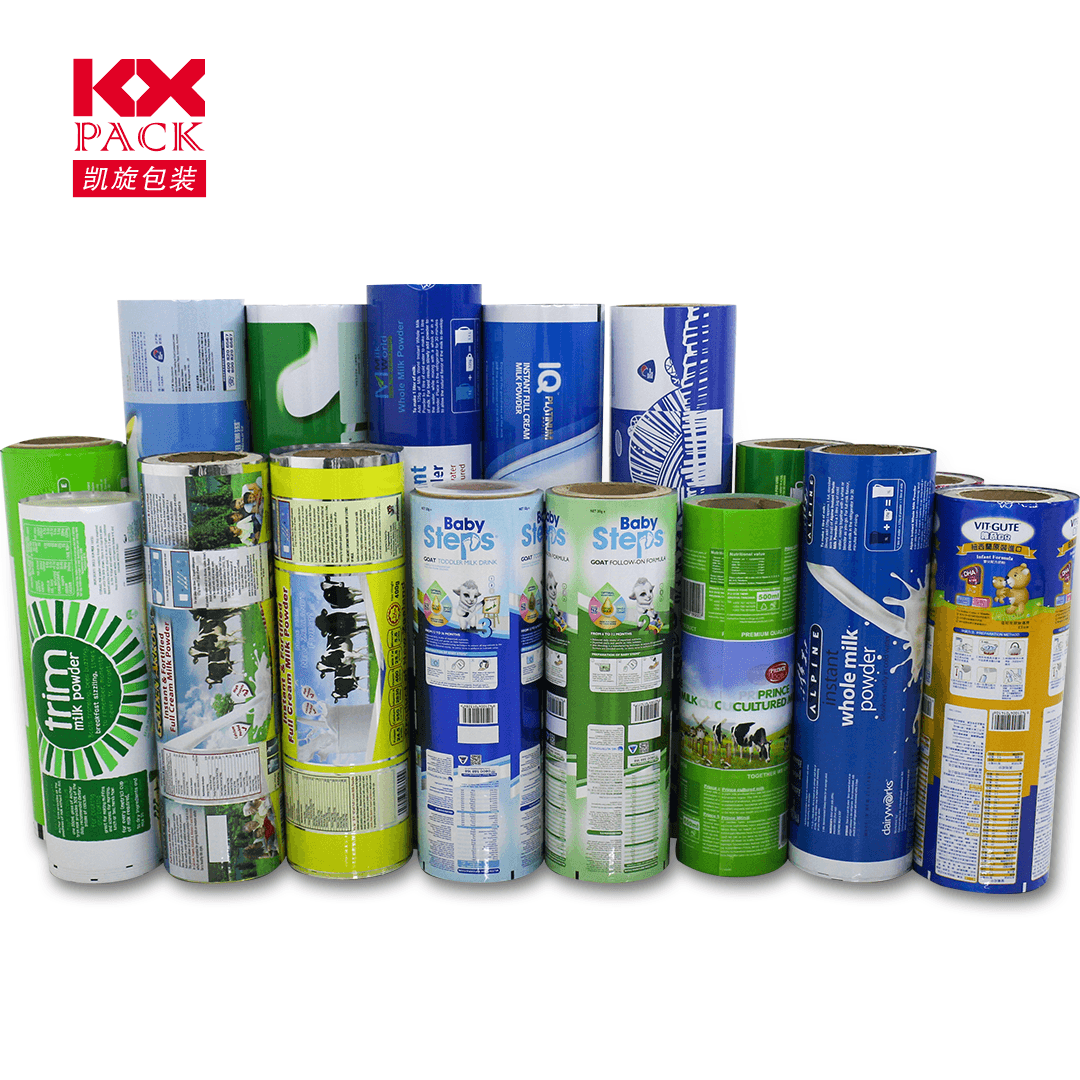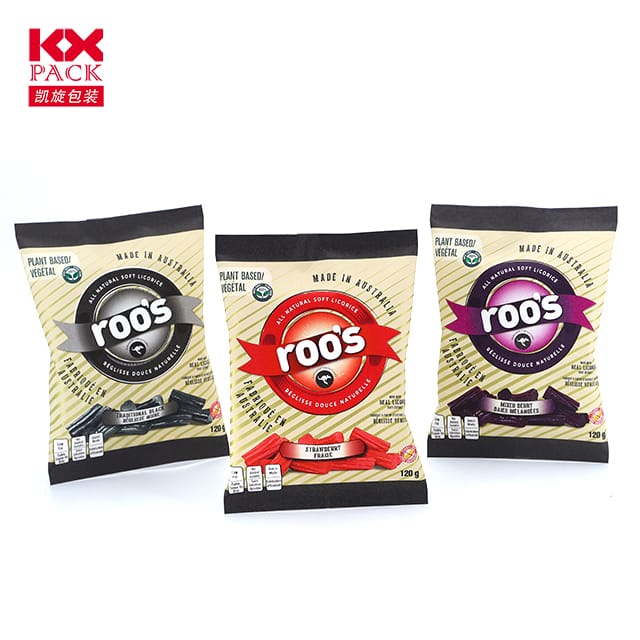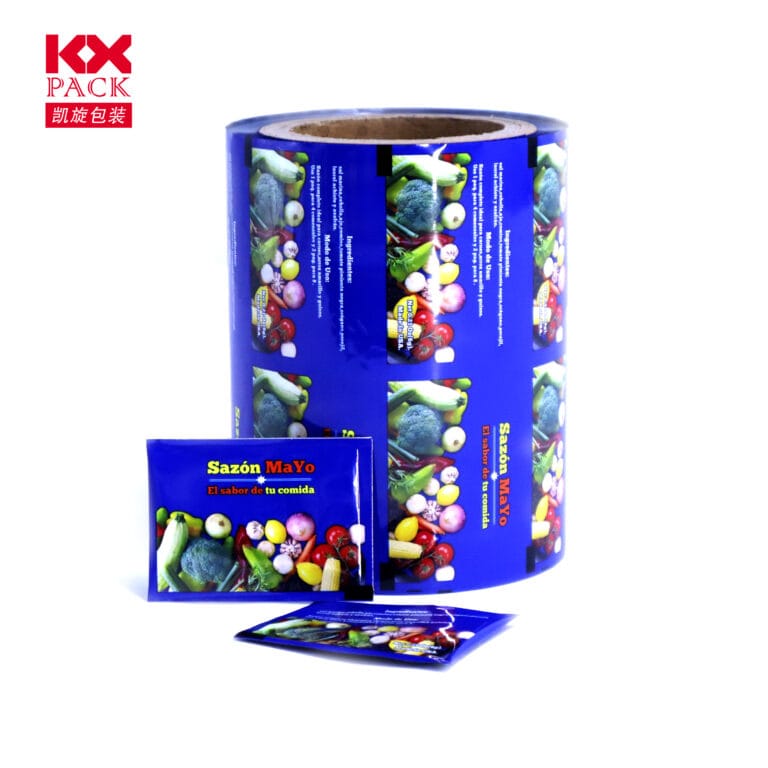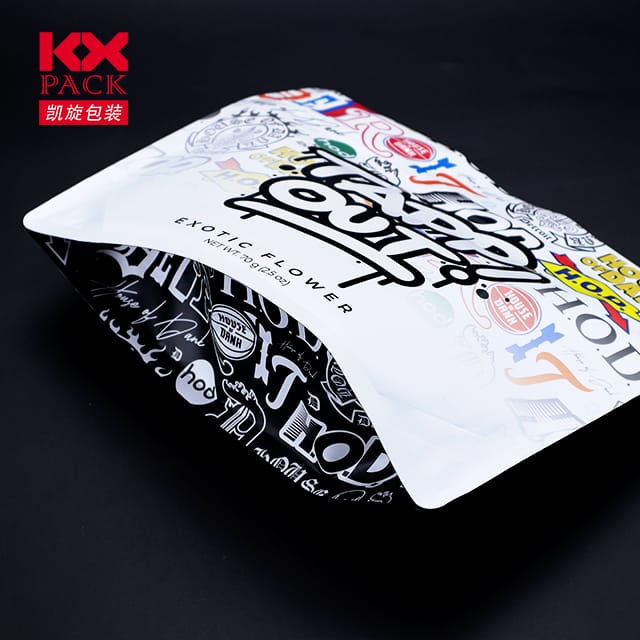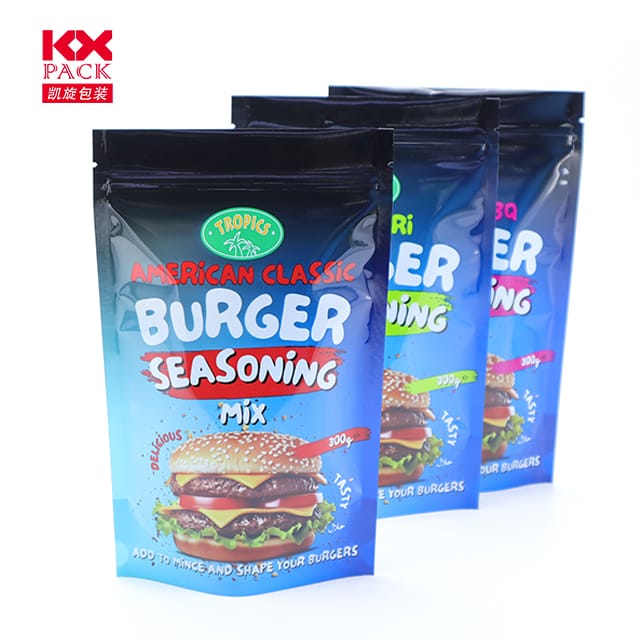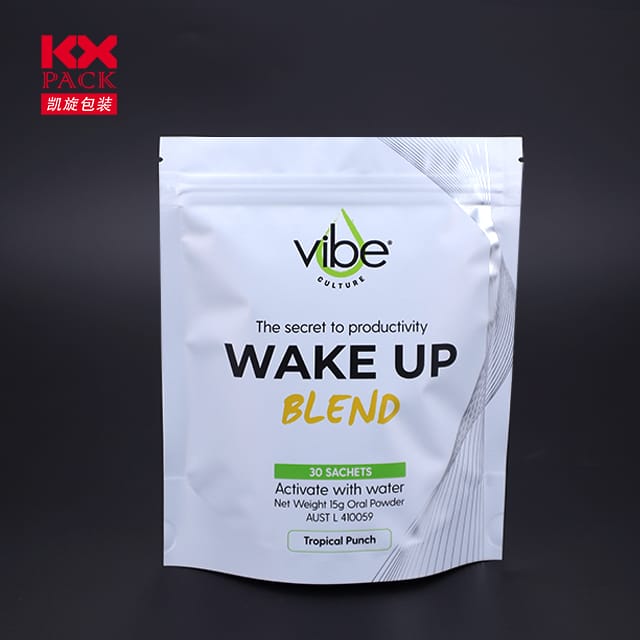El héroe de protección no reconocido: Rollos de película de plástico en la vida cotidiana
Rollos de película de plástico
In a world where durability and preservation matter, plastic film rolls for protection emerge as quiet champions. Desde sitios de construcción hasta almacenamiento para el hogar, estas hojas versátiles superficies de escudo, productos, y materiales por daños, polvo, y escombros. Exploremos por qué los rollos de películas de plástico son indispensables, sus diversas aplicaciones, y cómo la innovación está dando forma a su futuro.
1. Why Plastic Film Rolls? The Science of Protection
Plastic film rolls, typically made from polyethylene (EDUCACIÓN FÍSICA) or polypropylene (PÁGINAS), are engineered for strength and adaptability. Su peso ligero, impermeable, and tear-resistant properties make them ideal for temporary or long-term protection.
- Construcción & Renovation: Contractors rely on heavy-duty plastic film to cover floors, furniture, and fixtures during painting, plastering, or remodeling. Marcas como Trimaco offer flame-retardant options for added safety.
- Automotor & Industrial: Car manufacturers use anti-static plastic film to protect paint jobs on new vehicles, while factories wrap machinery and components to prevent scratches during transport.
- Household & DIY: Homeowners use lighter-gauge films to safeguard countertops, appliances, or seasonal items in storage. The transparency of some films even allows for easy visibility of protected surfaces.
2. Beyond the Basics: Specialized Applications
Modern plastic film rolls aren’t one-size-fits-all. Manufacturers now cater to niche needs:
- UV-Resistant Films: Ideal for outdoor use, these films prevent sun damage to windows, furniture, or artwork.
- Anti-Slip Films: Enhanced with textured surfaces, they provide grip on floors or ramps in workspaces.
- Self-Adhesive Films: Perfect for quick applications, like sealing windows during winter or protecting electronics from dust.
- Opciones ecológicas: Biodegradable or recyclable films (P.EJ., made from plant-based polymers) reduce environmental impact without sacrificing performance.
3. The Economics of Protection: Costo VS. Benefit
Investing in plastic film rolls often yields significant savings. Por negocios, preventing damage to equipment or products minimizes waste and downtime. For homeowners, a $20 roll of film can save thousands in repairs or replacements.
Consider this: A single scratch on a marble countertop during renovation could cost hundreds to fix. A $15 plastic film cover? Priceless peace of mind.
4. Sustainability Challenges & Innovación
While plastic film rolls are undeniably useful, their environmental footprint is a concern. Traditional films can take centuries to decompose, contributing to landfill waste. Sin embargo, the industry is evolving:
- Películas reciclables: Many brands now offer PE films labeled with recycling codes (P.EJ., #4 LDPE) for curbside recycling.
- Compostable Alternatives: Films made from cornstarch or sugarcane break down in commercial composting facilities within months.
- Opciones reutilizables: Thicker, durable films can be cleaned and repurposed multiple times, extending their lifespan.
5. Choosing the Right Film: A Buyer’s Guide
Not all plastic films are created equal. Here’s what to consider:
- Espesor: Measured in microns (µm), thicker films (100µm+) offer more durability but may be less flexible.
- Adhesive Type: Static-cling films are residue-free, while adhesive-backed films provide a stronger hold.
- Claridad vs. Opacity: Transparent films are great for visibility, while opaque ones block light (P.EJ., for privacy or light-sensitive materials).
- Certificaciones: Look for labels like ASTM, REACH, o FDA-compliance for food-safe applications.
6. The Future of Plastic Film Rolls: Elegante & Sostenible
Emerging technologies are redefining plastic films:
- Self-Healing Films: Nanotechnology-coated films that “repair” minor scratches.
- Películas inteligentes: Temperatura- or light-responsive films that change transparency or color.
- 3D-Printed Films: Customizable films with tailored textures or adhesives for specialized uses.
Conclusión: Protection with Purpose
Plastic film rolls for protection are more than just sheets of plastic—they’re problem-solvers. Whether safeguarding a high-rise construction site or your grandmother’s antique table, their role in preserving our world is undeniable.
As we strive for sustainability, the industry must balance innovation with responsibility. By choosing recyclable, compostable, or reusable options, we can enjoy the benefits of plastic film rolls without compromising the planet.
What’s your go-to use for plastic film rolls? Share your tips or eco-friendly alternatives in the comments!
Palabras clave: Plastic film roll for protection, polyethylene film, construction protection, sustainable plastic films, UV-resistant film.

